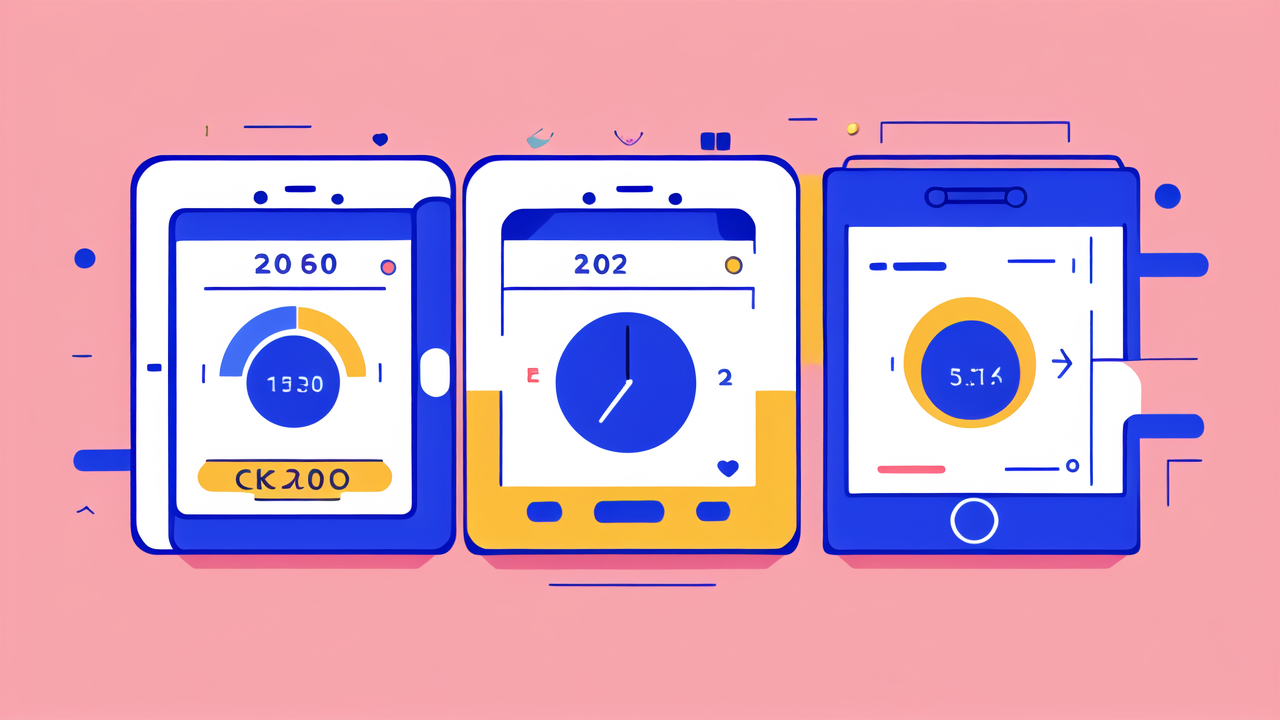The Evolution of Sports Watch Technology in the United States
The inception of digital sports watches
Digital sports watches first appeared in the 1970s. They changed how athletes tracked time and performance. Early models had basic stopwatch functions. They could measure lap times and show the date. These watches were a big step up from analog ones. They were more accurate and easier to read. Runners and swimmers loved them. The first digital sports watches were simple. But they set the stage for future innovations. They made timing more precise for athletes. This was just the beginning of a tech revolution in sports.

Milestones in sports watch innovation
Sports watch innovation has come a long way. In the 1980s, watches got heart rate monitors. This was a game-changer for fitness tracking. The 1990s brought altimeters and compasses. These features helped hikers and climbers. The 2000s saw the rise of GPS in watches. This let runners track their routes and distances. Waterproof designs improved for swimmers. Battery life got better too. Watches could now last for days or weeks. Touch screens made watches easier to use. Memory increased, allowing more data storage. Each milestone made sports watches more useful for athletes.
The impact of GPS and smartphone integration
GPS and smartphone integration changed sports watches forever. GPS lets athletes track their exact location and route. It measures speed and distance with high accuracy. Smartphone integration opened up new possibilities. Watches can now show notifications and messages. They can control music and make payments. Data syncing became easier. Athletes can upload their workouts instantly. This integration created a seamless experience. It bridged the gap between exercise and daily life. Smart sports watches became more than just fitness tools. They became lifestyle devices for many users.
Key Features of Top Smart Sports Watches
Advanced metrics for fitness enthusiasts
Smart sports watches offer a wealth of data for fitness fans. They track heart rate zones and VO2 max. These watches measure cadence and stride length for runners. Swimmers get lap counts and stroke analysis. Cyclists can see power output and pedaling efficiency. Many watches track sleep quality and recovery time. They offer stress level monitoring and breathing exercises. Some even measure blood oxygen levels. These advanced metrics help users understand their bodies better. They can fine-tune their training for optimal results. The data is presented in easy-to-read charts and graphs. This makes it simple for users to track their progress over time.

Integration with training regimes and programs
Smart sports watches now integrate with various training programs. They can suggest workouts based on your fitness level. Many watches offer guided exercises right on the wrist. They can create personalized training plans. These plans adapt based on your progress and recovery. Some watches connect to online coaching platforms. This gives users access to expert advice. They can also sync with popular fitness apps. This allows for a more comprehensive training experience. The watches can alert users when it's time to train. They also suggest rest days when needed. This integration helps users stick to their fitness goals.
Compatibility with smartphones and ecosystems
Modern smart sports watches work seamlessly with smartphones. They can display notifications from your phone. Many allow you to respond to messages. You can control music playback from your wrist. Some watches even let you make phone calls. They sync data automatically with fitness apps. This makes it easy to analyze your workouts later. Many watches are part of larger ecosystems. They work with smart scales and other fitness devices. This creates a complete health tracking system. Some watches support third-party apps. This expands their functionality even further. The compatibility makes these watches more useful in daily life.
The Role of Smart Sports Watches in Professional Sports
Enhancing athlete performance and recovery
Smart sports watches play a crucial role in pro sports. They help athletes train more effectively. Coaches use the data to fine-tune training plans. The watches track fatigue levels and recovery times. This helps prevent overtraining and injuries. Athletes can monitor their sleep quality. Good sleep is key for performance and recovery. The watches provide real-time feedback during workouts. This helps athletes stay in the right training zones. They can track long-term trends in performance. This data helps in setting realistic goals. The watches also remind athletes to stay hydrated and fuel properly.

Case studies: Success stories in various sports
Many pro athletes have benefited from smart sports watches. A marathon runner improved her time by 10 minutes. She used heart rate data to pace herself better. A pro cyclist optimized his training with power output metrics. This led to a podium finish in a major race. A triathlete used recovery tracking to prevent burnout. She went on to win her first championship. A soccer team reduced injuries by 30%. They used the watches to monitor player workload. A swimmer broke a national record. He fine-tuned his stroke efficiency using watch data. These success stories show the impact of smart sports watches in pro sports.
Future prospects: What's next for smart sports watches?
The future of smart sports watches looks exciting. We may see more advanced health sensors. These could detect early signs of illness or injury. AI could provide more personalized coaching. Watches might analyze technique using built-in cameras. Battery life will likely improve further. We might see solar-powered or kinetic charging. Integration with augmented reality is a possibility. This could provide real-time visual feedback during workouts. Watches may connect to smart clothing for more data. They could interact with smart gym equipment. The focus will be on making data more actionable. Watches will not just collect data, but offer smarter insights. The line between sports watch and health device may blur even more.




Leave a comment
This site is protected by hCaptcha and the hCaptcha Privacy Policy and Terms of Service apply.